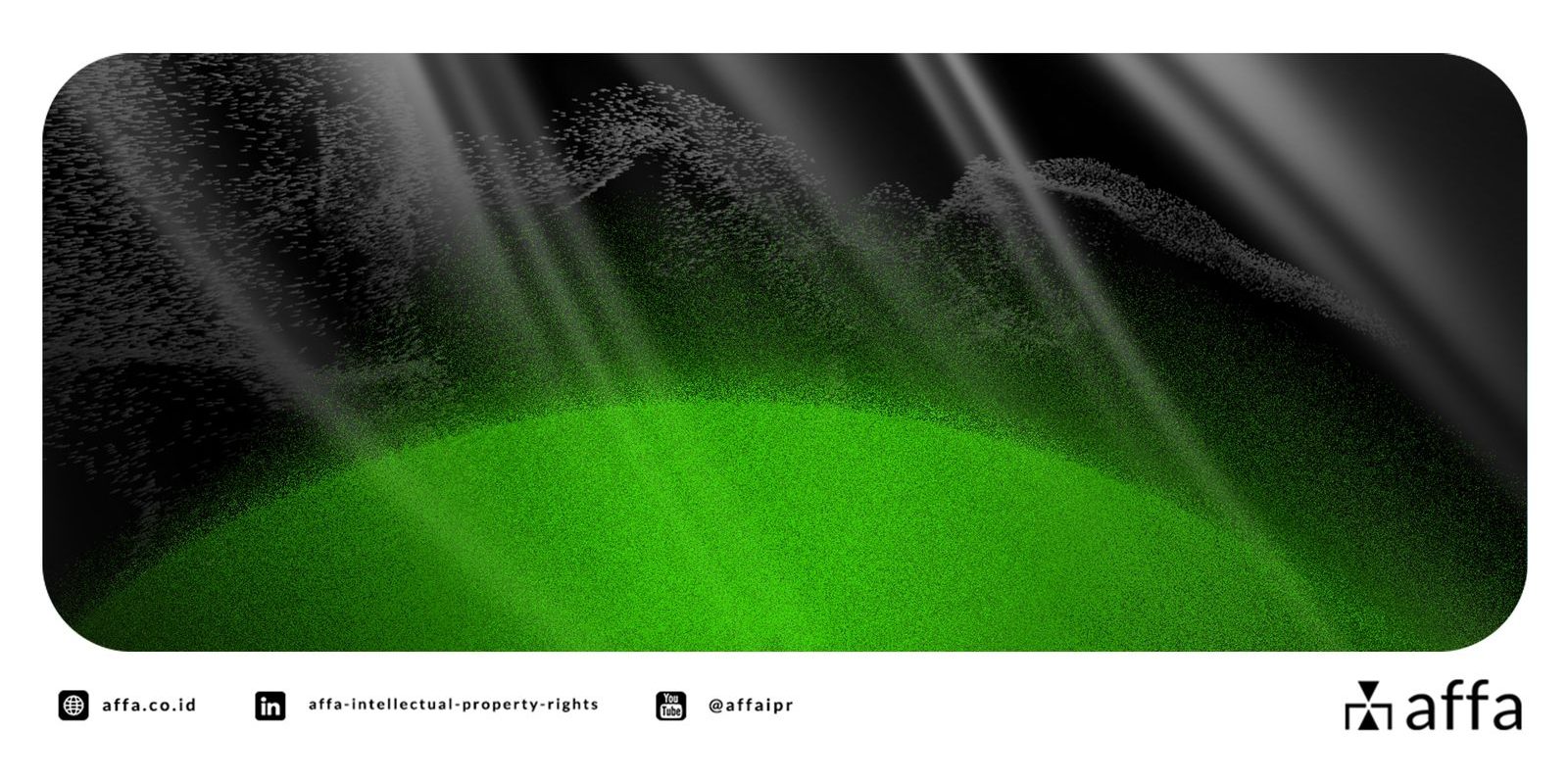Being inspired by, imitating, modifying, or even duplicating someone else’s work without permission—whether it’s well-known or not—can lead to serious legal consequences, including up to 4 years in prison or a fine of 1 billion Rupiah!
This is because Copyright Law grants Exclusive Rights only to the Original Creator, ensuring that they alone can claim economic benefits from their work.
In other words, if you profit from someone else’s creation without permission, the rightful owner can file an objection, send a legal notice (cease-and-desist), or take further legal action against you.
However, exceptions exist if your use of the work is non-commercial, educational, for criticism, or news reporting, provided it is done fairly and does not harm the creator.
But what if you genuinely didn’t know that a design submitted by your designer or illustrator infringed on someone else’s work?
Here are 5 essential steps you can take to review and evaluate whether a work violates copyright or not.
- Does the Work Resemble a Popular Character?
A popular character isn’t just limited to animated movie figures or superheroes like Batman, Superman, or Ultraman. Even public figures or athletes with recognizable faces and signature poses cannot be used without permission.
To avoid issues, ask your designer about the initial sketches and the creative process behind the work.
- Use Reverse Image Search
Utilize tools like Google Reverse Image Search, TinEye, or Yandex Image Search to check if similar images already exist online.
If you find the design in stock image websites, art platforms, or other media, ensure that your illustrator didn’t just copy or slightly edit the image without significant modification.
- Avoid Copying the Style of Famous Illustrators
Some illustrators have highly distinctive and well-known styles, such as Loish, Kim Jung Gi, Greg Rutkowski, Hajime Sorayama, and others whose works frequently appear on book covers, games, or movies.
If the submitted artwork strongly resembles their style without permission, it could be considered Copyright Infringement or a Trade Dress violation (protection against copying distinctive design elements).
- Ensure All Design Elements Have Proper Licenses
Certain fonts or typefaces require a paid license. If your designer uses a premium font without a valid license, you could face legal action.Similarly, elements like brushes, textures, or patterns may also have specific usage rights. Always verify that all components in the design are legally licensed.
- Create a Written Agreement with Your Illustrator
Draft a contract stating that the work is 100% original and not derived or modified from another source without permission.This ensures that the illustrator is legally accountable if copyright infringement issues arise due to their work.
Remember, a work is automatically protected by copyright the moment it is published. You cannot claim that your use is valid simply because the work was never officially registered or originates from a different country with a separate market.
If you must or want to use an existing work for commercial purposes, the only legal solution is to contact the original creator and negotiate a licensing agreement.
This agreement would require you to pay royalties to the rightful owner. By obtaining proper licensing, you can legally collaborate with the original creator and promote the work openly—without fear of legal consequences.
You might also want to read:
Indonesia’s Copyright Dilemma: When Good Intentions Pave the Way to (Unintended) Infringement
Should you need more information regarding Copyright protection both domestically and internationally, you can contact us directly via email at [email protected].







![[Reminder] Indonesia - Patent Working Statement to be Submitted Before 31 December 2025 - AFFA IPR](https://affa.co.id/global/wp-content/uploads/sites/10/2025/11/cover-patent-1-110x80.jpg)